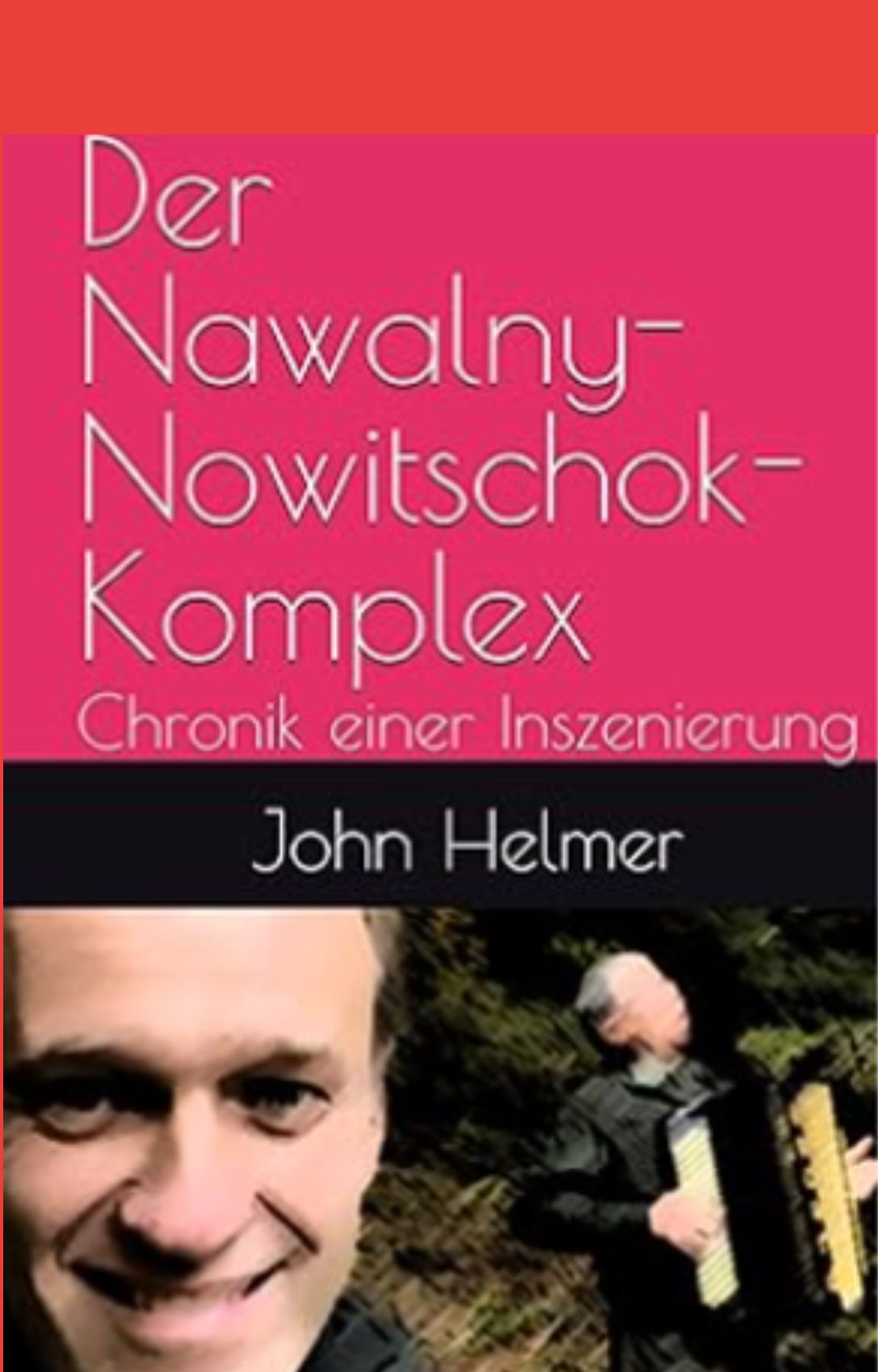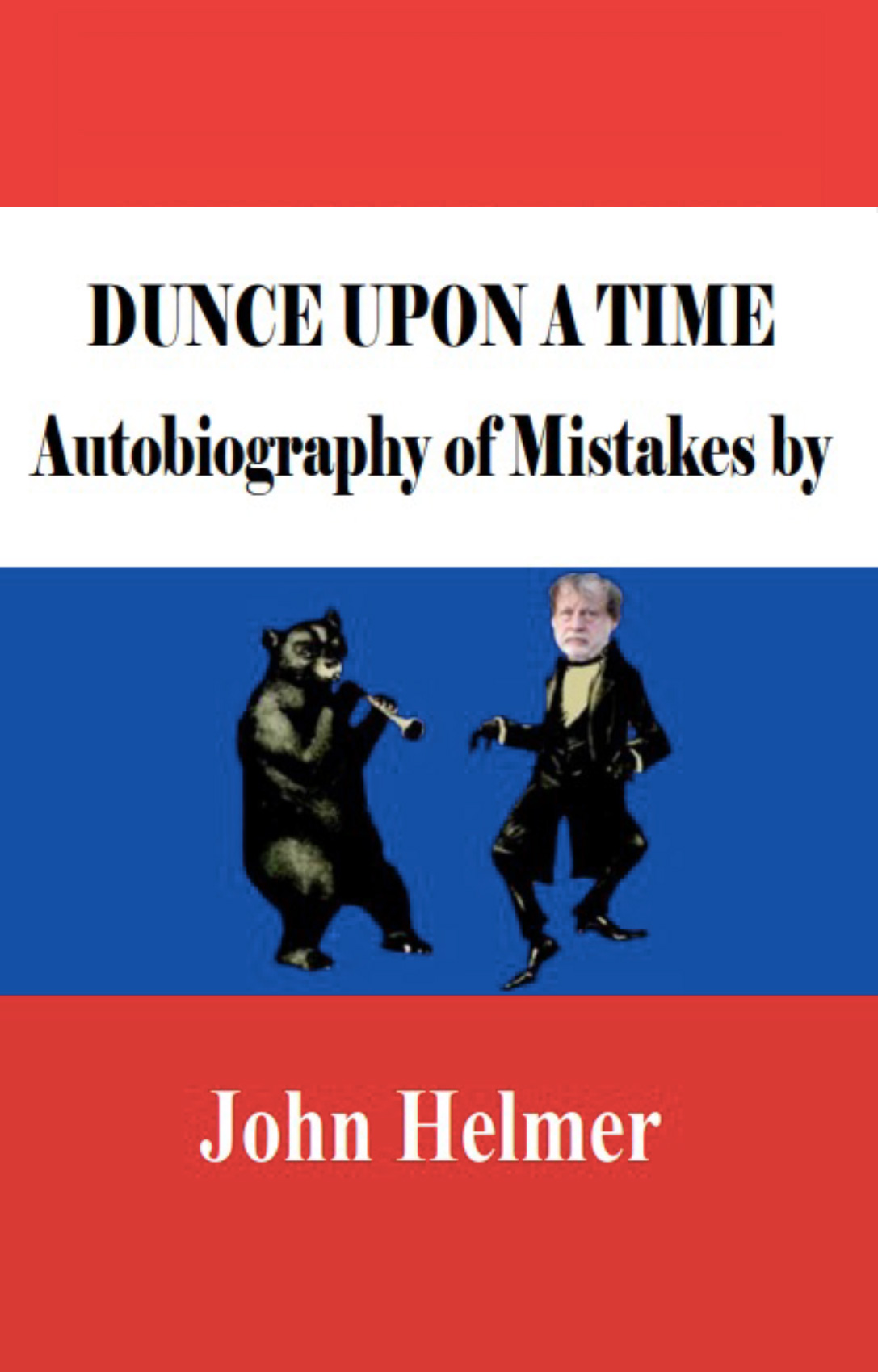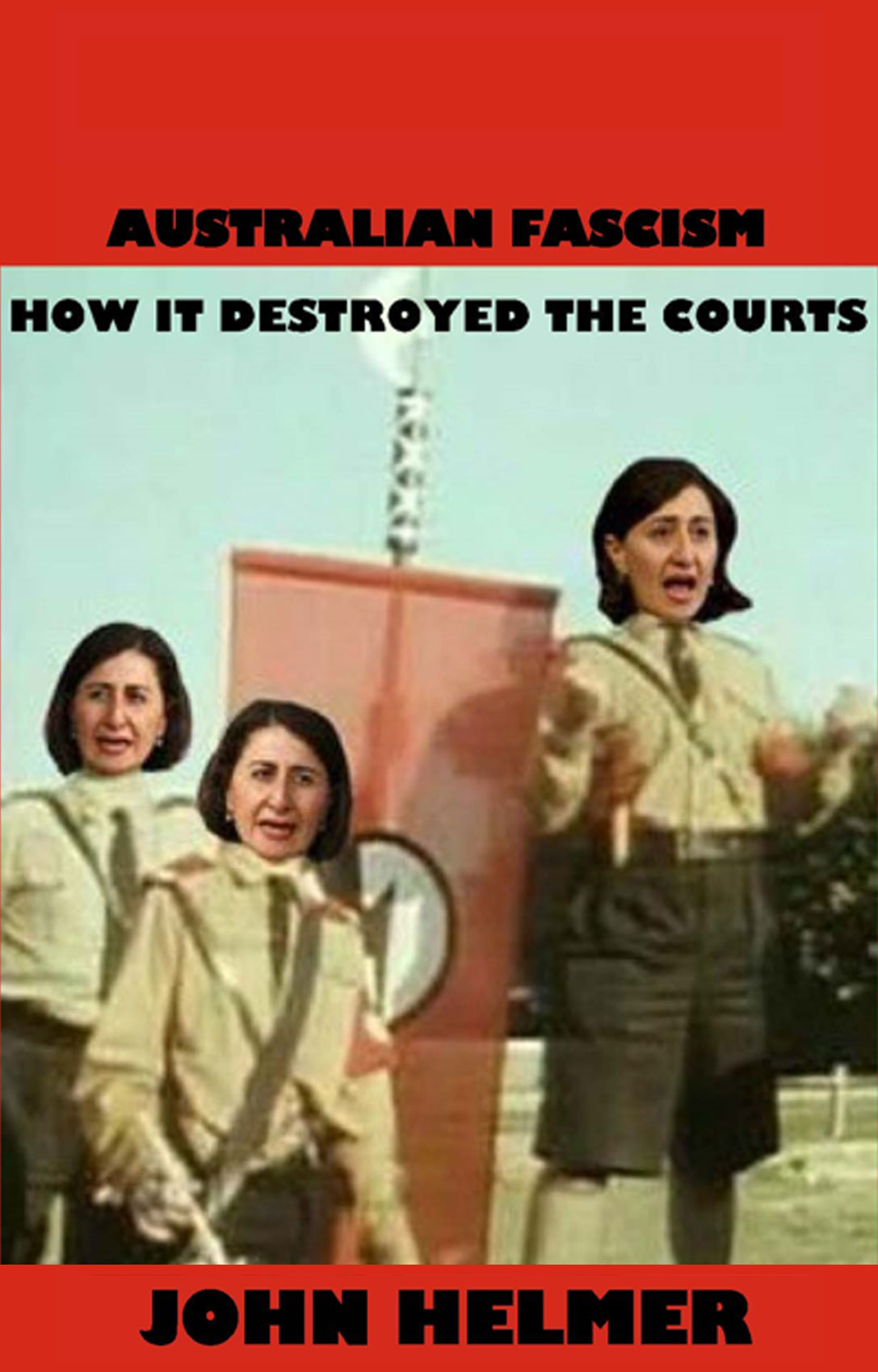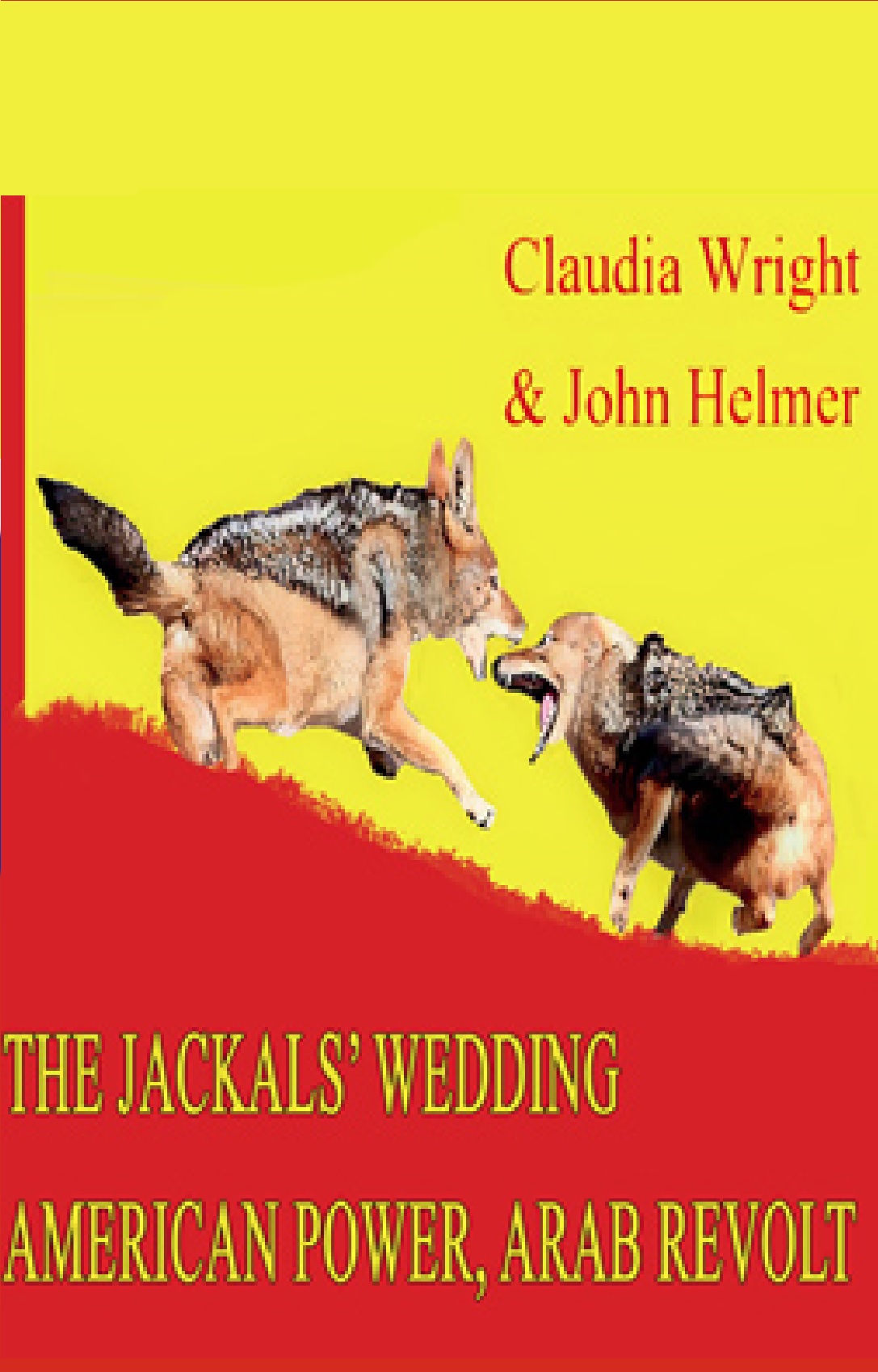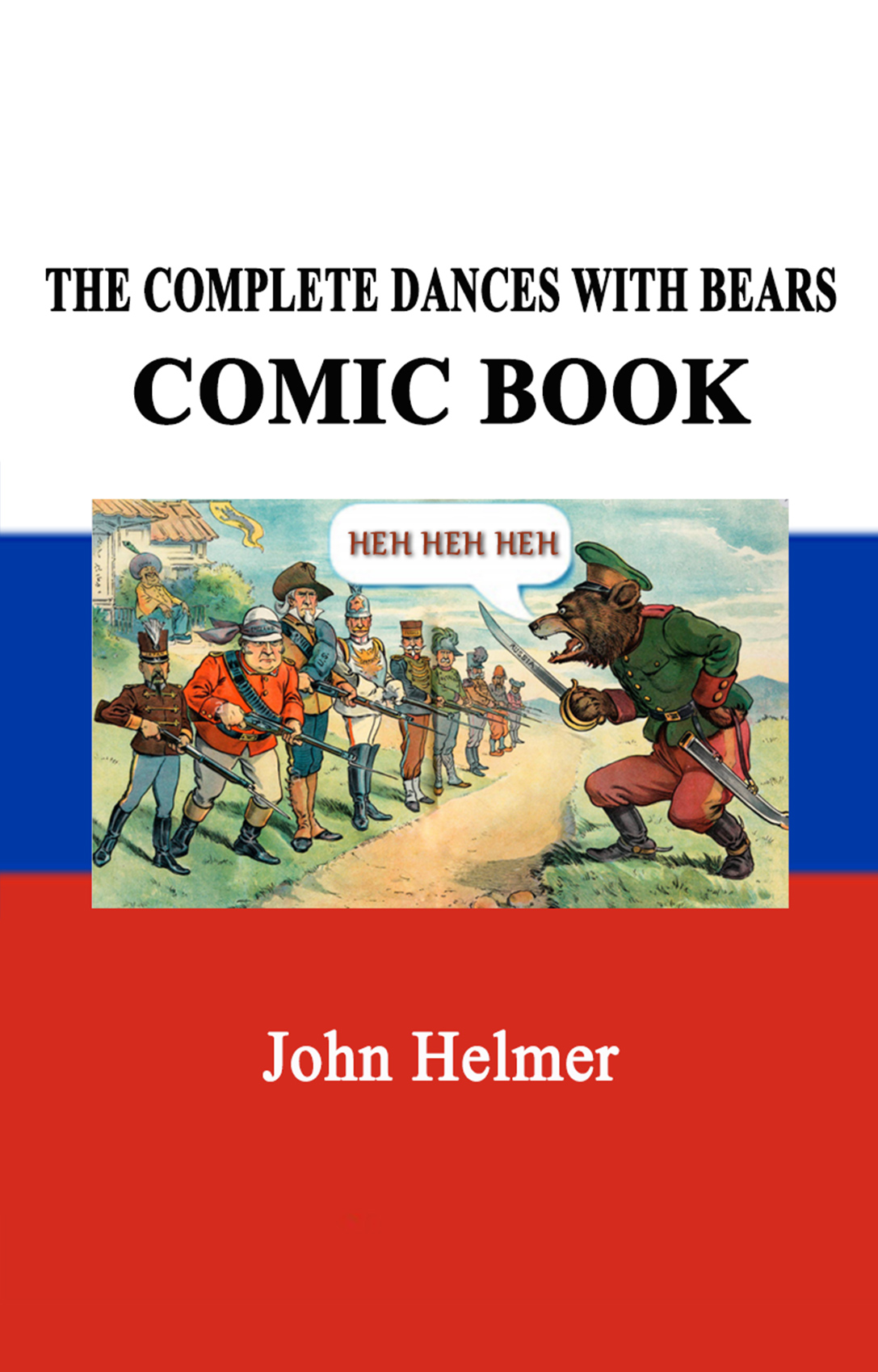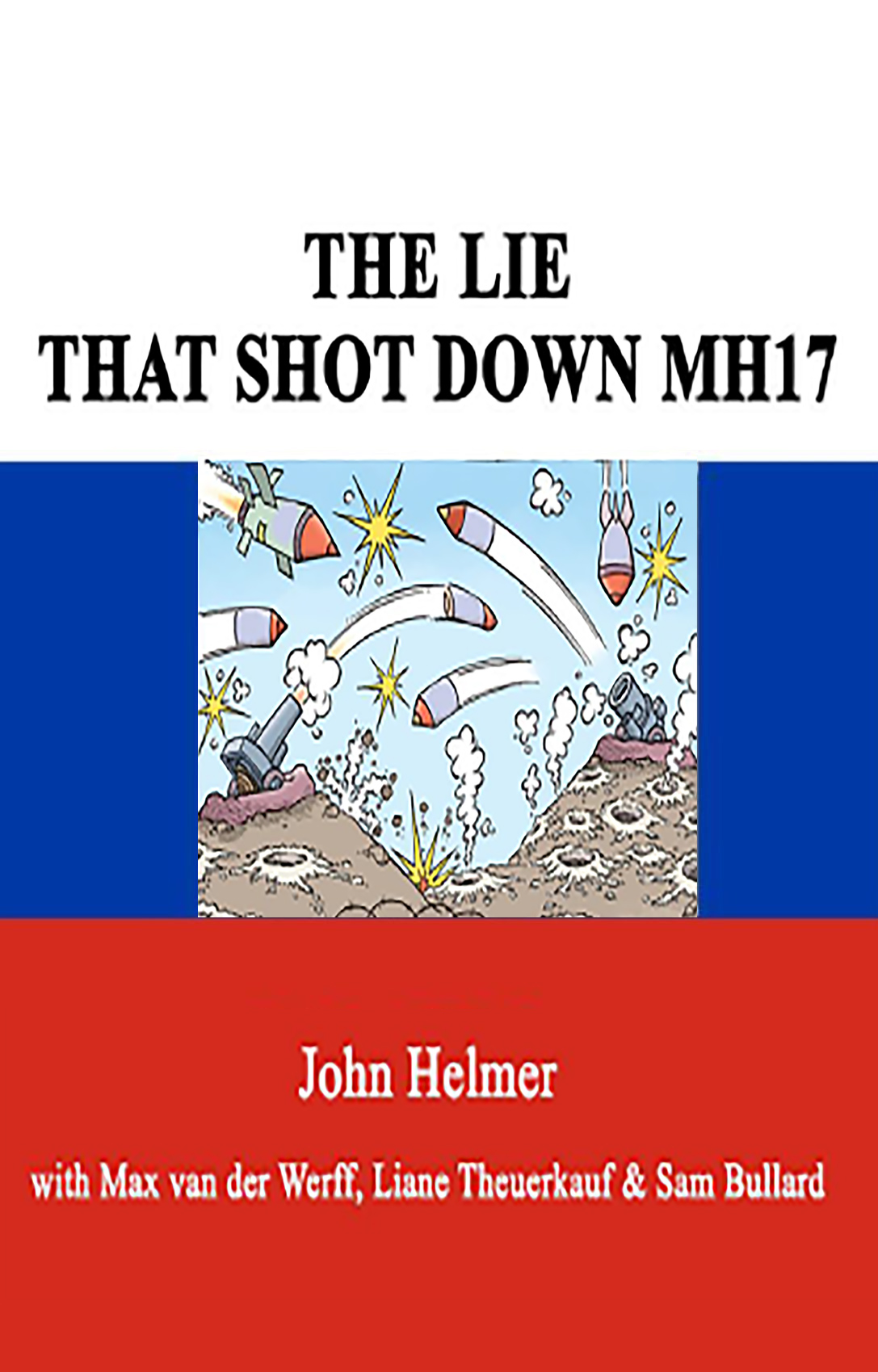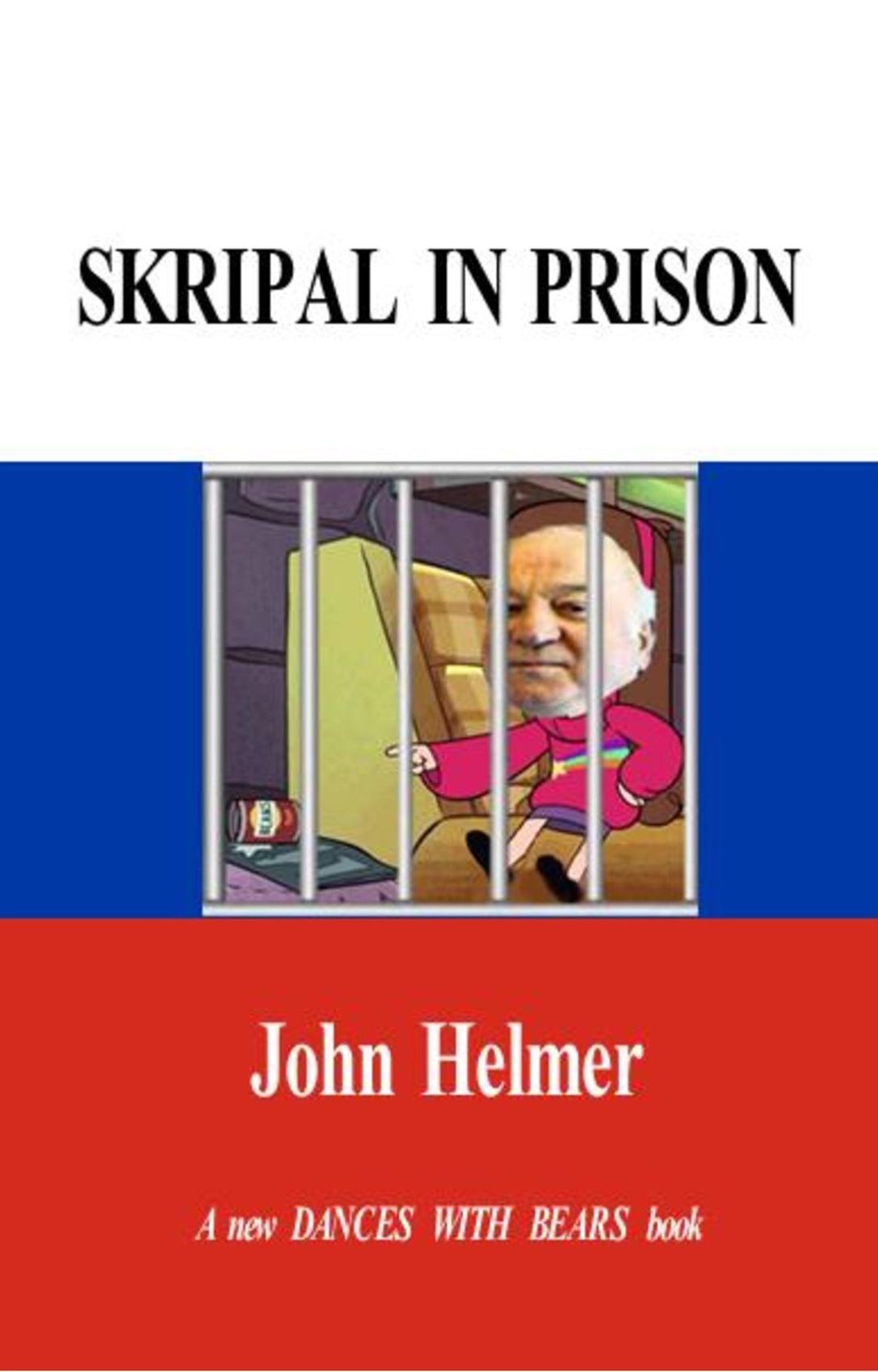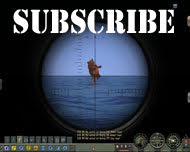

By John Helmer, Moscow
@bears_with
In the 50-year history of the nerve agent Novichok, no human being has died from it with the exception of Dawn Sturgess in Amesbury, Wiltshire, on July 8, 2018. Only Sturgess didn’t.
The cause of her death, according to the post-mortem performed the next day, July 9, 2018, by Philip Lumb (lead image, right), was “post cardiac arrest hypoxic brain injury and intracerebral haemorrhage”, according to the report he signed. This means that Sturgess suffered from a heart attack, which then stopped the flow of oxygen to her brain (hypoxia). An unfortunate, but also very common cause of death, according to the medical research. Lumb did not report what caused Sturgess’s heart to stop.
Lumb is a career pathologist registered with the Home Office for suspicious death forensic investigations in the northwest England and Wales, and a consultant at Sheffield’s Medico-Legal Centre, one of the leading medical forensic centres in the UK. He is also current president of the British Association in Forensic Medicine, the standard-setter for the country. Lumb has a sharp sense of his professional and ethical duty. “If you make a mistake,” he has told a press interview, “somebody could go to prison for 20-odd years.”
Lumb didn’t make a mistake with the sequence of events which killed Sturgess – heart failure, then loss of oxygen to the brain, then brain death. But this wasn’t what the British government (lead image, left) wanted to hear. So a second pathologist was called in to conduct a second post-mortem on July 17. His name is Guy Rutty (centre), once a colleague of Lumb’s at Sheffield and also a professor. But Rutty didn’t sign his name to his report on the cause of Sturgess’s death until November 29. The interval was four and a half months.
That second report, kept secret for another two and a half years, was revealed in the Wiltshire coroner’s court on March 30 of this year. The cause of Sturgess’s death, which Rutty signed and which was sworn to by the counsel for the coroner, was read out in court: “Ia post cardiac arrest hypoxic brain injury and intracerebral haemorrhage; Ib Novichok toxicity”.
Semi-colons are punctuation; they have no medical or logical meaning. British toxicologists and pathologists consulted for the interpretation of Rutty’s cause of death report say it is highly unusual for its lack of precision on sequence, cause and effect; and for the order Ia/Ib which Rutty signed. The toxicologists believe that paralysis of the lungs leading to asphyxiation is the usual trigger for death by nerve agents.
No toxicologist, forensic pathologist or registered Home Office post-mortem investigator can be found who will explain why after the two post-mortems on July 9 and July 18, a delay would be required to produce the November 29 finding. Lumb and Rutty refuse to provide details of their roles in the two post-mortems or to explain the delay between them and the official report.
Rutty referred his questions to Martin Smith, the newly appointed solicitor to the new inquest and a veteran of politically sensitive inquests in the past. “As you have no formal role in the inquest proceedings,” Smith has responded, “it would not be appropriate to provide you with the information that you have requested.”
These details of the only Novichok fatality in history are the nails in the proverbial horseshoe for loss of which the battle was lost, then the kingdom.
(more…)









